Tserkva of St. Paraskevi was built in 1713 by the carpenter Stefan Sienko Siematiewski from Płazów. Until 1947 this was a Greek Catholic filial tserkva of the parish in Stare Brusno.
It was built as a three-part log structure, oriented eastward. On the upper floor of the narthex there was a chapel of St. Nicholas with arcaded gallery running on three sides of the structure. Around 1850 the church was significantly remodelled and modernised. In 1873 the sacristy was added. In 1903 the building was considerably expanded. A larger narthex, added on the western side, was covered with an octagonal dome. The domes of the nave and chancel were redesigned and covered with sheet metal; false roof lanterns were added. The wide skirt roof was dismantled, except for the part around the chancel.
In 1947 the estate was acquired by the State Treasury, and gradually fell into ruin. In 1962 the remnants of the iconostasis and interior furnishings were taken away to the Icon Repository in Łańcut and Przemyśl. The condition of the building deteriorated so much that in 1980 there were plans to demolish the structure. When in 2014, the landmark was taken over by the Museum of Kresy Borderland in Lubaczów the tserkva was saved. Reconstruction carried out in 2014–2019 restored the original beauty of the building. Ultimately, there are also plans to bring back the interior furnishings to their original location.
In the old cemetery we can see numerous tombstones made in the renowned local stone-craft workshops, including monuments created after WWII by the last stonemasons from Polanka. There are also tombstones with triangles rather than crosses. These were preserved on the graves of Evangelical German settlers, who moved here in course of Josephine colonisation.
Other noteworthy landmarks in Nowe Brusno include the Roman Catholic church of the Visitation of the Blessed Virgin Mary, from 1912, with the benevolent painting of the Holy Mother. In the vicinity there is a cemetery with numerous examples of the local stone craft, a cemetery from the First World War, a cholera pit from the early 1900s, numerous crosses and roadside figures made by the local stonemasons.
Photo: Krystian Kłysewicz, collection of Museum of the Eastern Borderland in Lubaczów
Gallery
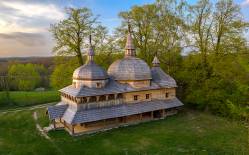
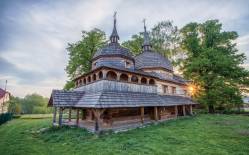
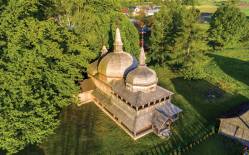
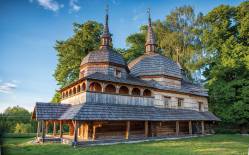
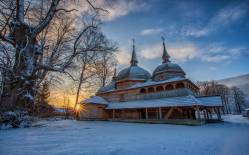
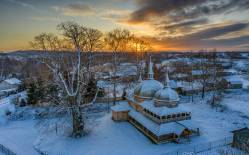
Recommended venues on the Trail
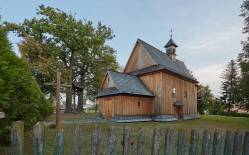
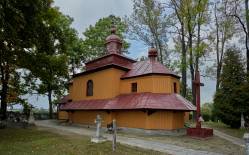
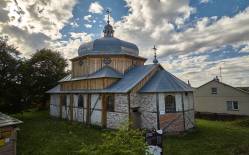
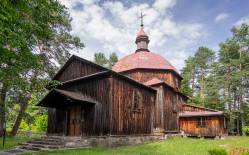



This website has been modernized with the financial support of the European Union under the Cross-Border Cooperation Programme Poland-Belarus-Ukraine 2014-2020. The responsibility for its content lies solely with the Podkarpackie Regional Tourism Board and cannot, in any case, be treated as a reflection of the position of the European Union, the Managing Authority, or the Joint Technical Secretariat of the Cross-Border Cooperation Programme Poland-Belarus-Ukraine 2014-2020.









